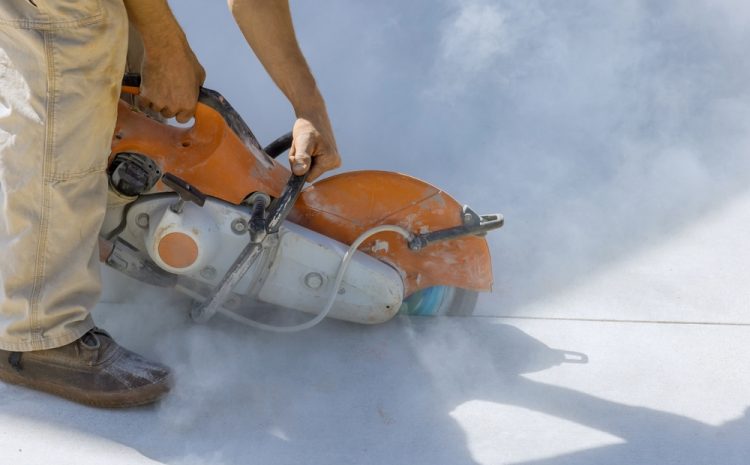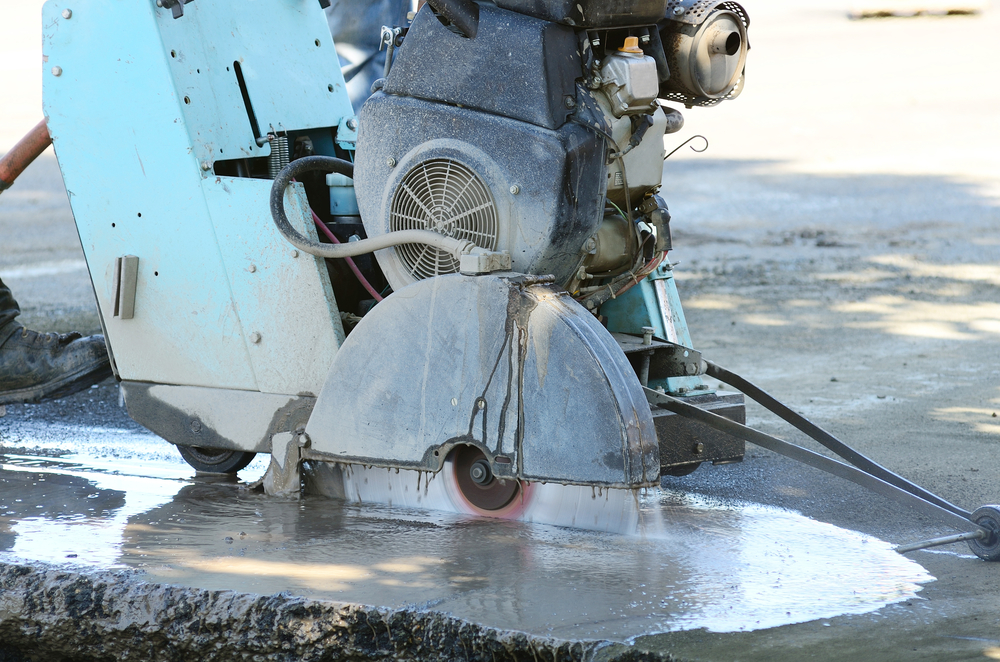
What Are The Limitations Of A Concrete Saw?
A concrete saw is an excellent tool widely used in the concrete cutting industry. Having said that, this tool also poses certain inherent risks and hazards. With the proliferation of DIY guides, videos, and blogs, many people think that they can undertake a concrete cutting project on their own by either buying or renting a concrete saw.
However, they don’t really understand the associated risks and limitations of a concrete saw. It is better to engage the services of professionals for a concrete cutting project as they do it day in and day out. They know the right tools to use, and more importantly, they know how to use those tools correctly. In today’s blog post, we will explore the several limitations of using a concrete saw.
1). Selecting The Right Blade
There are two categories of concrete cutting: wet concrete cutting and dry concrete cutting. If you don’t have any experience with concrete cutting, you wouldn’t know that there are different types of blades for these processes. On top of that, if you use wet concrete cutting blades without an adequate amount of water, it could create a fire hazard.
If the blades aren’t kept cool, it will affect the finish of the cut and will also damage the blade. This is why it is recommended to hire concrete cutting professionals who have the necessary experience and training to use these tools.
2). Kickback & Locking
Concrete saws are powerful tools and a very powerful tool can quickly turn into deadly weapons if the user doesn’t know how to use them properly. One of the biggest potential dangers of using a concrete saw is the kickback and locking in. Whenever the saw blade gets obstructed, it may generate a kickback.
During the kickback, the saw pulls itself back towards the user. If the user isn’t careful, it could cause severe injuries. The best way to avoid kickbacks is to allow the blades to begin rotating at their maximum speed before inserting them into the concrete to be cut.
Another potential risk associated with concrete cutting is locking. It happens when the structure being cut shifts during the cutting process. When the structure shifts, it might prevent the blade from moving which essentially means that the concrete structure locks the blade into place. Experienced concrete cutters know when to insert the blade into the concrete to avoid kickback and similar issues.

3). Dust Generation
If the concrete saw isn’t used correctly, it could generate a lot of dust and crystalline silica. Crystalline silica is a serious health hazard as inhalation of these particles may cause some serious health issues in the respiratory system. Concrete cutting professionals use techniques that limit the volume of dust generated during the process. On top of that, they follow safety practices to limit exposure to silica particles with the help of masks and filters.
4). Extremely Heavy
Concrete saws used for making smaller cuts generally have a reasonable weight which makes it easy for them to be handled by almost everyone. On the other hand, concrete saws used for making bigger-sized cuts are extremely heavy and are meant to be used only by trained professionals. This is why one should never use a heavy saw without proper training and experience as it could turn into a deadly weapon in inexperienced hands.
Final Thoughts
Overall, concrete saws are widely used in the concrete cutting industry. However, these tools have the potential to cause serious injuries and other health hazards when used improperly. This is why experts recommend engaging the services of experienced concrete cutting professionals for a concrete cutting project. These professionals have the right tools and the training to use those tools in the right manner to finish the project on time and with properly.
If you are looking for a concrete cutting company that is trustworthy and reliable, then don’t go past Sydney Sawing & Drilling. Please call us today on (02) 9158 6101 or leave an enquiry.

